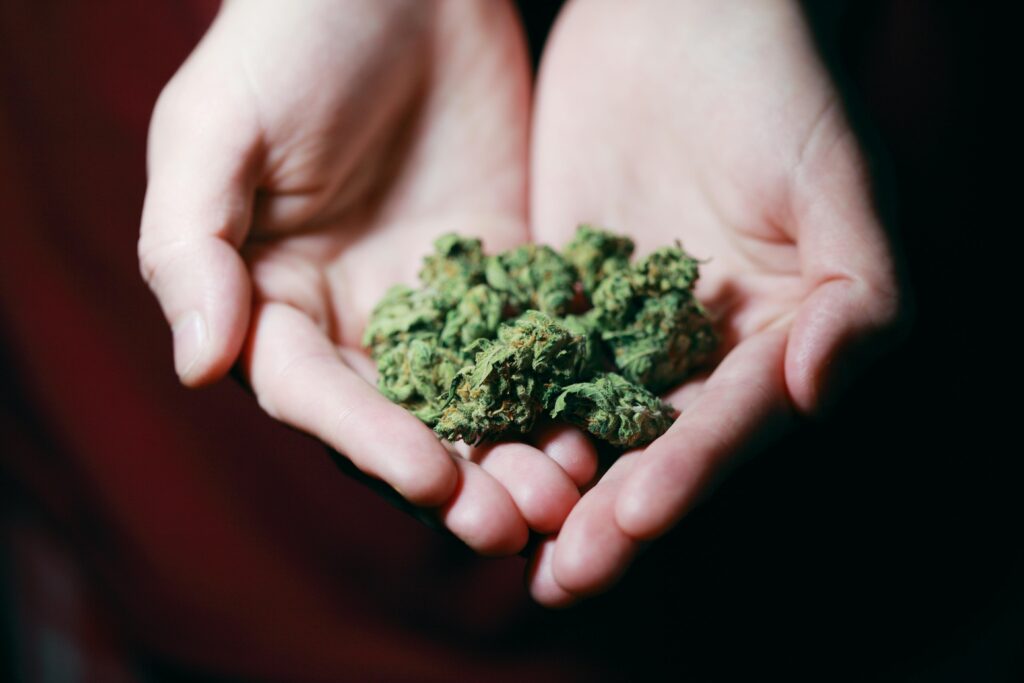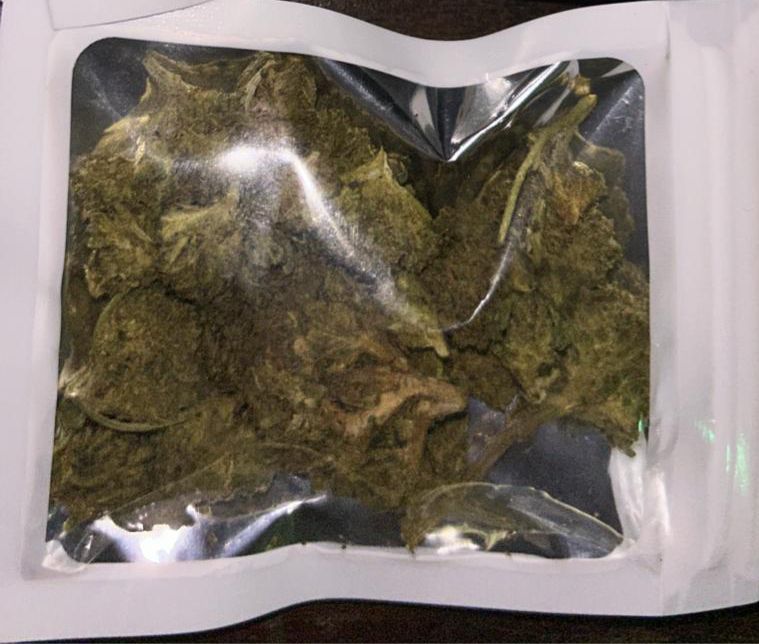Weed in Huaraz: Cannabis in the Peruvian Andes

Huaraz, the capital of the Ancash region in Peru, is best known for its stunning mountain landscapes, rich indigenous culture, and as a gateway to the Cordillera Blanca. While the city attracts adventure seekers and nature lovers, there is also a quiet but growing interest in cannabis, or “weed,” among locals and travelers on weed in Huaraz.
Cannabis Laws in Peru and Huaraz
Peru has a strict legal framework when it comes to cannabis. In 2017, the country legalized medical marijuana, allowing patients with specific conditions to access cannabis-based products under government regulation. However, recreational cannabis use remains illegal, and cultivating or distributing marijuana without authorization can lead to serious legal consequences on weed in Huaraz.
In Huaraz, as in the rest of Peru, possessing up to 8 grams of cannabis for personal use is technically decriminalized. However, this does not mean it is legal. Law enforcement can still question or detain individuals caught with cannabis, especially if they suspect involvement in trafficking.
Cannabis Culture in Huaraz
Huaraz has a reputation as a laid-back, alternative travel destination. Backpackers and mountaineers from all over the world come here to explore the breathtaking trails of Huascarán National Park. Some of these travelers bring cannabis with them, adding to the city’s underground weed culture.
Among locals, cannabis use is less open but does exist. Younger generations, particularly students and artists, are more likely to experiment with cannabis. However, social stigma still surrounds the plant, especially among older residents who associate it with criminal activity or drug addiction.
Weed and the Natural Lifestyle
Huaraz is known for its connection to nature, and this extends to the cannabis community. Some alternative medicine practitioners and natural healers have explored the plant’s potential for relaxation and pain relief, though legal restrictions limit its widespread use. The city also has a small but growing movement of people advocating for more natural approaches to medicine, which includes discussions about cannabis.
Because of its elevation (over 3,000 meters above sea level), Huaraz presents unique challenges for agriculture. Cannabis cultivation is not common in the region, as the cold climate and high altitude are not ideal for growing marijuana outdoors. Instead, most cannabis found in Huaraz comes from other parts of Peru or is smuggled in from neighboring countries.
Challenges and Risks
One of the main concerns surrounding cannabis in Huaraz is law enforcement. Police patrols occasionally check for illegal substances, especially in areas frequented by tourists. While casual users might not face severe consequences, getting caught with larger amounts can lead to fines or legal trouble.
Another issue is quality and safety. Since cannabis is not legally sold for recreational use, there is no regulation of the product’s quality. Users have to rely on underground sources, which increases the risk of contamination or low-quality products.
The Future of Cannabis in Huaraz
As global attitudes toward cannabis continue to shift, Peru may eventually reconsider its policies. For now, though, cannabis remains in a legal gray area in Huaraz. While medical marijuana is available in certain cases, recreational use is still underground and comes with risks.
Huaraz’s deep connection to nature and alternative lifestyles suggests that if cannabis laws were to evolve in Peru, the city could become a hotspot for cannabis-friendly tourism and holistic healing. Until then, those who partake in cannabis in Huaraz do so cautiously, balancing the benefits with the risks of an unregulated market.
Mr. Josh’s product exceeded my expectations in both potency and purity, I really appreciated the discretion and professionalism in the delivery process , you can reach to him on Telegram https://t.me/joshlegitplug and also there email joshchris385@gmail.com
Highly recommend for medical users looking for consistent effects.
The indica blend helped me finally sleep through the night thank you.
I appreciate how Mr. Josh respects privacy and always stays professional.
I’ve tried products from multiple vendors, but Mr Josh stands out.
I was skeptical at first, but now I won’t shop anywhere else, the product smells like pine and citrus—very inviting.
